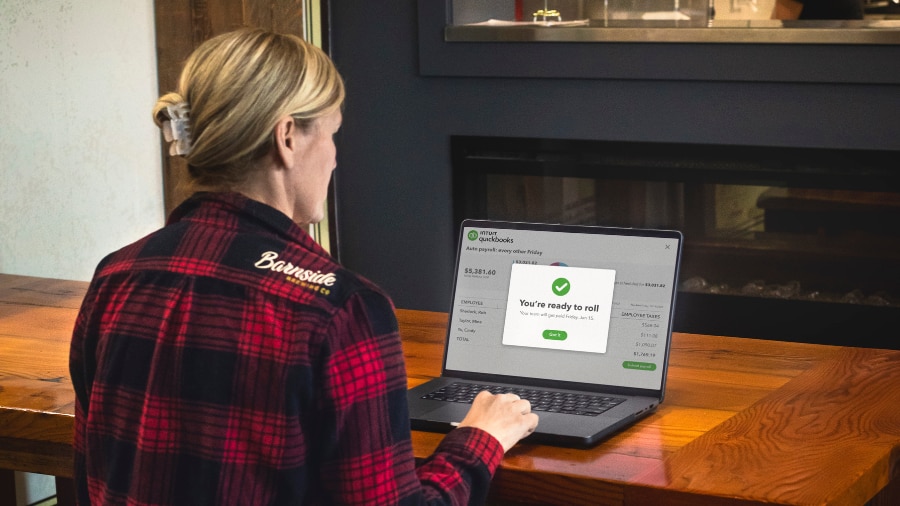How to calculate payroll deductions and contributions
As an employer, you, your accountant, or your HR professional must determine how to calculate payroll deductions and contributions, which include:
- Canada Pension Plan (CPP)
- Employment Insurance (EI)
- Income tax from benefits and special payments
You typically need to deduct CPP, EI, and income tax from an employee's salary, wages, commissions, bonuses, honorariums, most taxable benefits, and some tips and gratuities.
When performing payroll accounting, you can decide if you want to do it manually or if you want to use a payroll tool such as QuickBooks.
If you decide to do it manually, you can use an online payroll deductions calculator to calculate federal, provincial, and territorial payroll deductions (not including Quebec).
If you live in Quebec, you can use Revenu Québec's WebRAS for payroll deductions.
What happens if you don't withhold deductions?
If you forget to withhold deductions, you will have to pay a penalty and interest charges.
- Penalty: 10% of the amounts that weren't deducted, or 20% for amounts that weren't deducted for a second or additional failure in a calendar year if done knowingly or due to gross negligence.
- Interest: The CRA sets interest rates for every calendar quarter, and the interest is compounded daily. The CRA also applies interest to late payments of assessed penalties.
What happens if you make a payroll accounting mistake?
If you make a mistake, such as under- or over-deducting CPP contributions, EI premiums, or income tax, it's possible to correct these errors. It is also your responsibility to report the issue in a timely manner.
If you paid too much in the current year, you can use the overpayment toward a future payroll period in the current year. Or you can request a refund for the overpayment. If you made an error when calculating deductions and you've already filed, you can visit the government website for detailed instructions.




